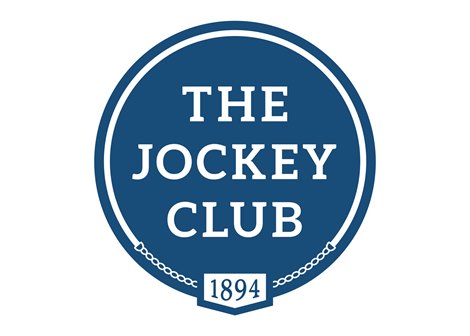Makes sense.[quote=“Pronzini, post:37, topic:756862, full:true”]
The chips are stacked so high against breeders its a wonder that anyone does it.
You need to start with a whole bunch of luck–that the mare gets in foal, that the pregnancy is uneventful and the foaling routine, that there are no paddock accidents, sickness or other calamities that strike down either the baby or the mare or both.
Then the baby needs to have some quality–not too small or crooked or plain.
Then the stallion you perhaps took a flyer on needs to still have some commercial presence.
Then your luck needs to hold as the baby matures and again no paddock accident, sickness or other issues. (I suspect the uninitiated might be amazed at the X Rays of babies just coming out of a field where they were allowed to roughhouse and just be horses. A friend of mine getting bad news about his yearlings after routine pre sales prep X Rays exclaimed “Did they drop them from a helicopter?”)
Occasionally routine pre sales scans give you the worst of all news “unraceable”. These could include OCDs, cracks where you didn’t realize they existed and/or breathing issues. Sometimes this does not doom the horse–every one has a story of a horse pronounced by vets to be unraceable who turned into quite the racehorse. Chances are good they existed before the widespread use of X Rays when people just took it on faith they could buy, break and race the yearling in front of them.
The point is that stallion selection is one of the few things breeders can control. If you get a baby, the baby will be by X because you signed a contract for X. That’s why, I think, breeders flock to the same handful of stallions particularly if they are trying to be commercial. It’s a way to deal with rest of risk which can be overwhelming if you start to think about it
Then the stallion you perhaps took a flyer on needs to still have some commercial presence.
Then your luck needs to hold as the baby matures and again no paddock accident, sickness or other issues. (I suspect the uninitiated might be amazed at the X Rays of babies just coming out of a field where they were allowed to roughhouse and just be horses. A friend of mine getting bad news about his yearlings after routine pre sales prep X Rays exclaimed “Did they drop them from a helicopter?”)
Occasionally routine pre sales scans give you the worst of all news “unraceable”. These could include OCDs, cracks where you didn’t realize they existed and/or breathing issues.
That is why breeders that breed for the sales are usually fairly wealthy. Investment in very high class mares is required as well as the use of expensive stallions.
The breeder of a small broodmare band of non-race TB horses requires the same outlay of time and money and luck that small breeders of race TBs have to contend with except for the stud fees and what I am guessing are relatively high expenses of race training. I realize that’s an enormous “except”.
I’ve worked for a couple of “private” TB breeders in the past. For them, it was a labor of love developing their mare lines (as I believe it is for @LaurieB) and in one case standing their stallion as well. None of them bred racehorses though, and they didn’t sell yearlings, they were trained up and either shown or hunted.
(@Pronzini what do buyers want, yearlings that have been kept in a stall? Do you think that part of the problem is the purchase of racehorses by completely non-horsey people or the failure by trainers to educate them?)
Perhaps the day of the TB show horse will return but it obviously won’t come from TB race breeding model.
I was not privy to their books but the horses they did sell sold well. They were affluent though and not really expecting to make a profit ( I don’t see how they could have really) It was a lifelong interest.
The fact that race horses are bred for two purposes only, sale and or race as you mentioned, is tough.
It seems as if the Jockey Club is taking away any chance for small operations to have a go at the commercial market with the horses they don’t keep to race unless (as LaurieB mentioned) they are very wealthy and well connected. It’ll be interesting to see if that’s the case. [quote=“Simkie, post:14, topic:756514”]


